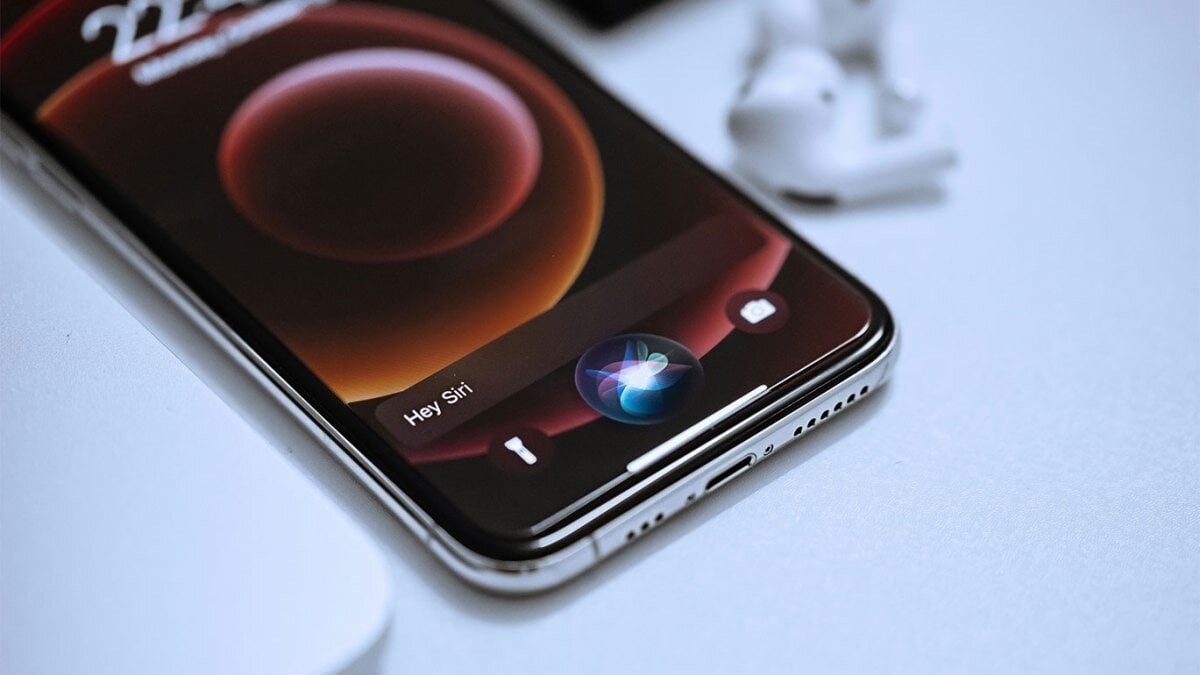
Apple is bringing new accessibility functionality to iPad and iPhone, to cover as many needs as possible. This includes the ability to control the device using eye-tracking technology, create audio shortcuts, music experiences through a haptic motor, and more. The company announced this ahead of World Accessibility Day, which is celebrated on Thursday.
Apple already supported eye-tracking technology for iOS and iPadOS, but it required the use of additional special hardware. This is the first time Apple has offered the ability to control iPad and iPhone without the need for additional equipment or accessories. The new built-in option allows the user-facing camera to be used to navigate between apps. This feature relies on artificial intelligence, so that the device understands where the user is looking and what movement he is about to make, such as dragging a finger on the screen or clicking on it. There is also the so-called Dwell Control, a function that can detect when the user’s gaze is on an item, indicating that he wants to select it.
Another useful function is Vocal Shortcuts, which improves on the voice control system Apple already has. It allows users to choose different sounds or words to act as shortcuts. For example, Siri will launch the app even if the user says something simple like “Ah!” The company also developed Atypical Speech Listening, which uses machine learning to enable the device to recognize specific vocal patterns, and is designed to help users with problems that affect their speech, including cerebral palsy, amyotrophic lateral sclerosis, strokes, and more.
For those with hearing problems, Music Haptics helps you experience the millions of songs built into the Apple Music app through a series of motions, textures, and vibrations. This feature will also be made available as an Application Programming Interface (API) so that music app creators can soon offer users a new way to perceive and experience sounds.
Apple also announced a new feature aimed at helping combat motion sickness. Instead of looking at static content, which can cause dizziness, users can turn on car motion signals. This feature includes moving dots on the edges of the screen, which oscillate and move in the direction of movement.
CarPlay also gets new features, including voice control. Special filters are also included to give color-blind users larger, bolder fonts. Finally, voice recognition allows deaf or hard-of-hearing users to recognize when car horns and sirens are sounding.
Meanwhile, Apple has introduced a new accessibility feature for VisionOS, which will allow for real-time creation of captions during FaceTime video calls.
-
9
-
1

“Avid problem solver. Extreme social media junkie. Beer buff. Coffee guru. Internet geek. Travel ninja.”







More Stories
In Greece Porsche 911 50th Anniversary – How much does it cost?
PS Plus: With a free Harry Potter game, the new season begins on the service
Sony set to unveil PS5 Pro before holiday season – Playstation